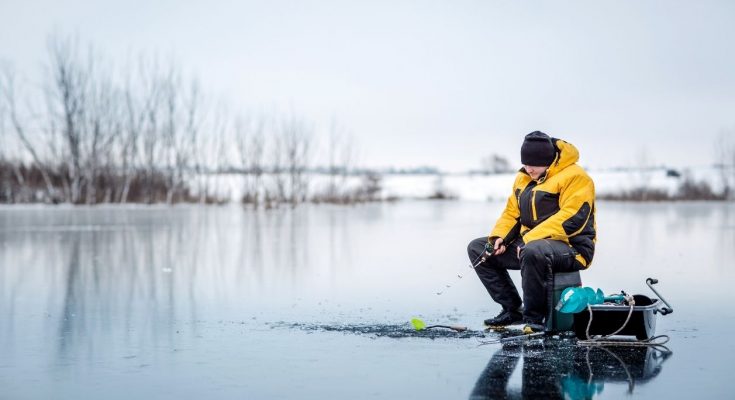Pesticides are a necessary part of agriculture, but they also pose an enormous threat to our health and environment. They can enter our drinking water supply and contaminate it, posing a risk to those who drink it. This blog post will explore the dangers of pesticides on your drinking water supply and what you can do about them.
What Are Pesticides & What Do They Do?
Pesticides are chemicals used to kill or control pests, including insects, rodents, fungi, and other plants. They come in many different varieties, including herbicides (to kill plants), insecticides (to kill insects), fungicides (to kill fungus), and rodenticides (to kill rodents). Pesticides are used in many different settings, including agriculture, forestry, urban and suburban landscaping, and public health. Because they can be harmful to both people and the environment, their use is regulated by government agencies at all levels.
How Pesticides Get Into Your Drinking Water Supply
Pesticides enter our drinking water in several ways. Rainwater, melting snow, and irrigation runoff can carry pesticides right into your well or septic system. Pesticides on the ground (or lawn) will leach into groundwater if they are not applied appropriately to control pests effectively. Even when there is no direct contact with the water, pesticide residues can enter the groundwater supply.
The EPA requires that all pesticides applied to lawns and gardens be tested for safety. The long-term effects of many chemicals in our food chain have not been thoroughly studied yet, including those used on crops like corn and beans.
Ways To Reduce the Risk of Pesticide Exposure in Drinking Water Supplies
There are several ways to reduce your risk of exposure to pesticides in your drinking water. One is to install a home water filtration system. Activated carbon filters are effective at removing many common backflow contaminants and pesticides from drinking water. You can also buy bottled water but be sure to check the label to see if it comes from a source protected from pesticides.
If you have a well that’s contaminated with pesticide residues, the only way to solve this problem is by having your groundwater tested for contaminants. You can also see if there are any local or state programs that will provide free water testing services in your area. In addition, some states may be able to help you identify any nearby wells that are contaminated with pesticides.
You should also check your area for any known groundwater contamination sites and be sure to avoid using water from these sources if it is unsafe. You can find information about local environmental issues by talking to a drinking water supply specialist or checking the records of your city or county government website. In addition, you can speak to a trained water filtration technician or visit your local hardware store for additional information on how you can keep safe from pesticides in drinking water.
This piece has discussed the dangers of pesticides on your drinking water supply. Luckily, there are many ways to reduce the risk of pesticide exposure. The most important thing you can do is to be aware of what water you’re drinking and where it came from.
FAQ
How do pesticides get in our drinking water?
Pesticides enter our drinking water in several ways. Rainwater, melting snow, and irrigation runoff can carry pesticides right into your well or septic system. Pesticides on the ground (or lawn) will leach into groundwater if they are not applied appropriately to control pests effectively. Even when there is no direct contact with the water, pesticide residues can enter the groundwater supply.



